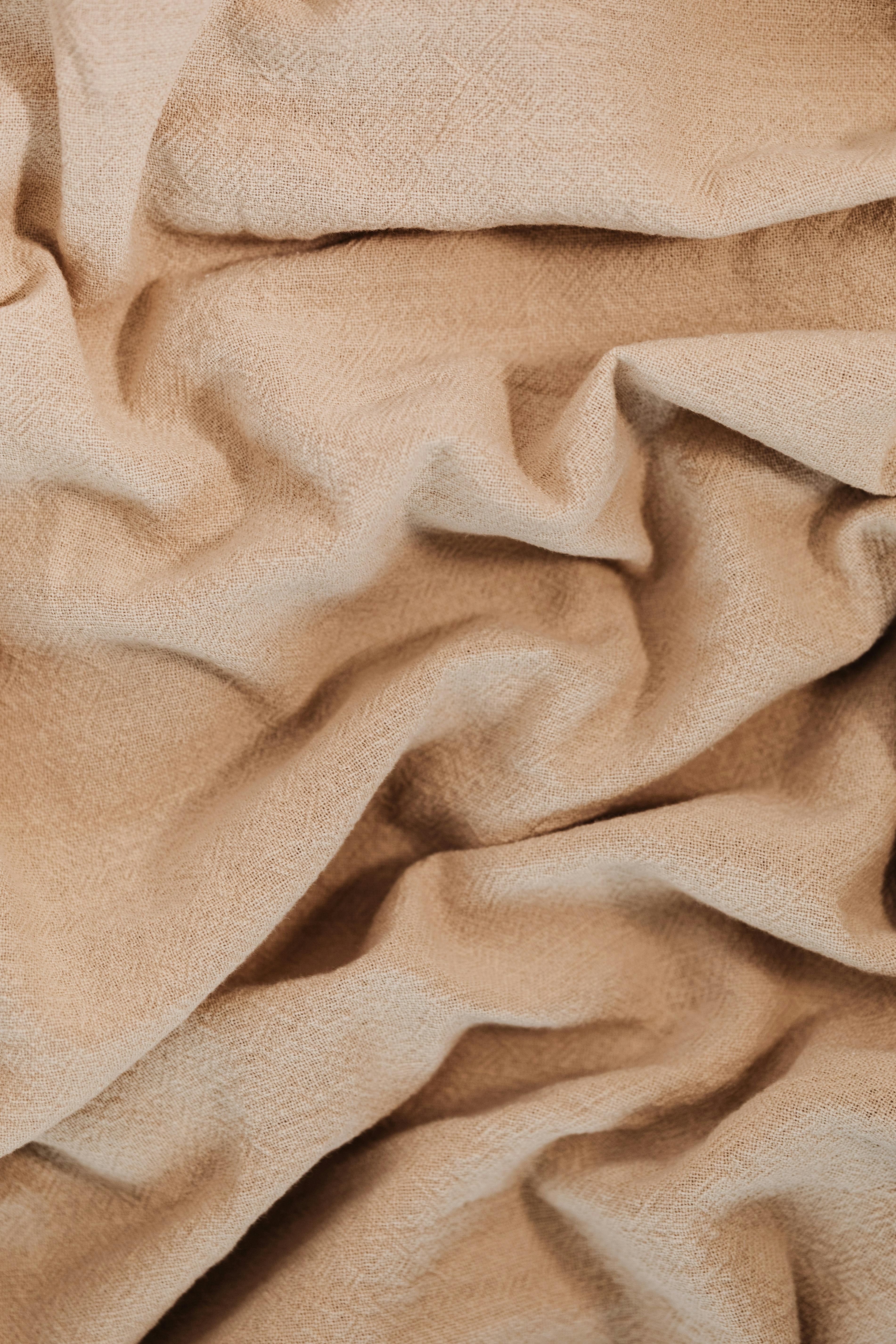SABES A DIFERENÇA ?
As fibras têxteis são um elemento fundamental na indústria da moda e na produção de tecidos, desempenhando um papel crucial na criação de roupas, acessórios e uma variedade de produtos têxteis. Elas são classificadas em duas categorias principais: fibras sintéticas e fibras naturais. Cada uma dessas categorias possui características distintas em termos de origem, propriedades físicas, impacto ambiental e usos específicos.
Fibras Naturais:
As fibras naturais são extraídas diretamente de fontes naturais, como plantas, animais e minerais. Algumas das fibras naturais mais comuns incluem algodão, lã, seda, linho e cânhamo.
Algodão: É uma das fibras naturais mais utilizadas na indústria têxtil. É conhecido por sua maciez, conforto e capacidade de absorção de umidade. No entanto, o cultivo convencional de algodão pode ser intensivo em água e usar pesticidas, o que levanta preocupações ambientais.
Lã: Originada principalmente de ovelhas, é reconhecida por suas propriedades isolantes e capacidade de manter o calor. A lã é durável e resistente a rugas, mas sua produção pode ter impacto ambiental em termos de uso de terra e recursos.
Seda: Produzida por larvas de alguns tipos de insetos, como o bicho-da-seda, a seda é valorizada por sua suavidade e brilho. Sua produção pode levantar questões éticas devido ao processo de extração.
Linho: Extraído do caule da planta do linho, é conhecido por sua resistência e frescor, sendo usado em roupas de verão e têxteis para casa.
Fibras Sintéticas:
As fibras sintéticas são fabricadas artificialmente por meio de processos químicos, utilizando materiais como petróleo ou carvão. Algumas das fibras sintéticas mais comuns incluem poliéster, nylon, acrílico e spandex.
Poliéster: É uma das fibras mais utilizadas na indústria têxtil devido à sua durabilidade, resistência a rugas e facilidade de cuidado. No entanto, é derivado do petróleo, o que levanta preocupações sobre sua pegada ambiental e questões de biodegradabilidade.
Nylon: Reconhecido por sua força e elasticidade, o nylon é frequentemente usado em roupas esportivas, meias e lingerie. Sua produção também envolve produtos químicos derivados do petróleo.
Acrílico: Uma alternativa sintética para a lã, o acrílico é conhecido por imitar as propriedades da lã, sendo mais acessível. No entanto, sua produção também depende de recursos não renováveis.
Comparação e Considerações Finais:
As fibras naturais tendem a ser mais biodegradáveis e têm uma origem renovável, porém, muitas vezes, seu cultivo pode ser mais intensivo em recursos naturais como água e terra. Por outro lado, as fibras sintéticas oferecem durabilidade e facilidade de cuidado, mas frequentemente têm um impacto ambiental maior devido à sua fabricação a partir de recursos não renováveis e à sua biodegradação mais lenta.
Para tomar decisões mais conscientes, os consumidores e a indústria precisam considerar não apenas as propriedades das fibras, mas também seu ciclo de vida completo, incluindo sua produção, uso e descarte. Estratégias como reciclagem de fibras sintéticas, cultivo orgânico de fibras naturais e o desenvolvimento de fibras inovadoras e sustentáveis são passos importantes em direção a uma indústria têxtil mais responsável e ecologicamente sustentável.
 |
| Tecido sintético |
 |
| Tecido fibra natural |
 |
| Tecido fibra natural |




Comentários
Enviar um comentário